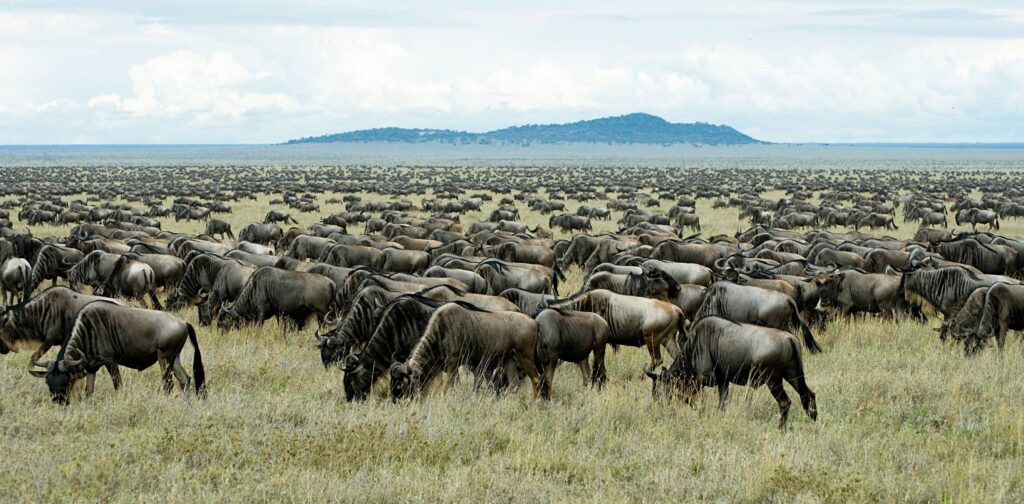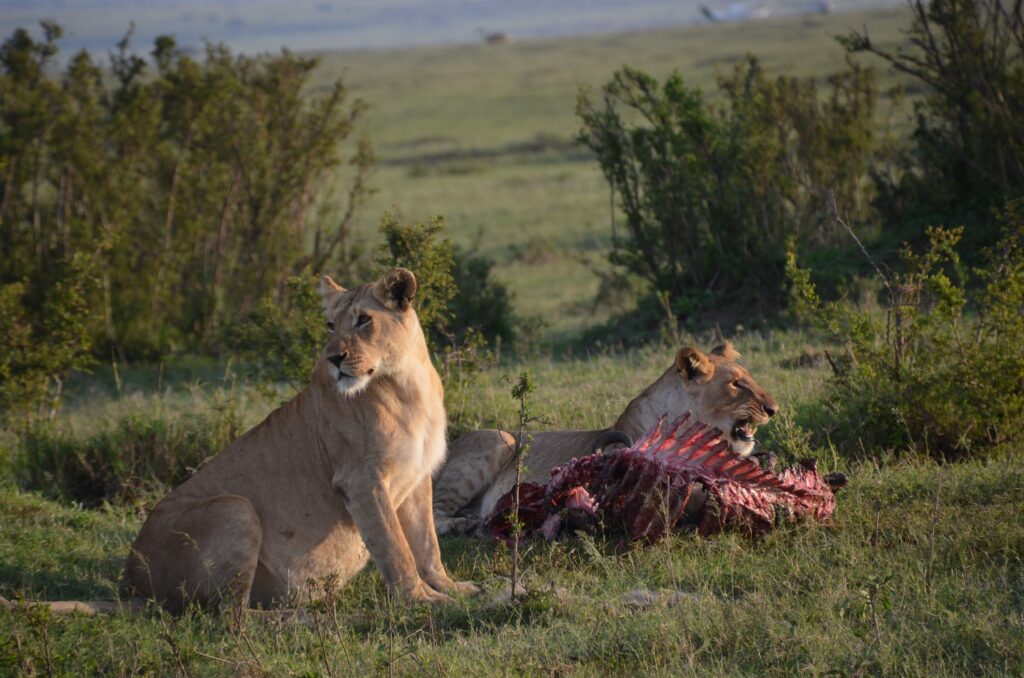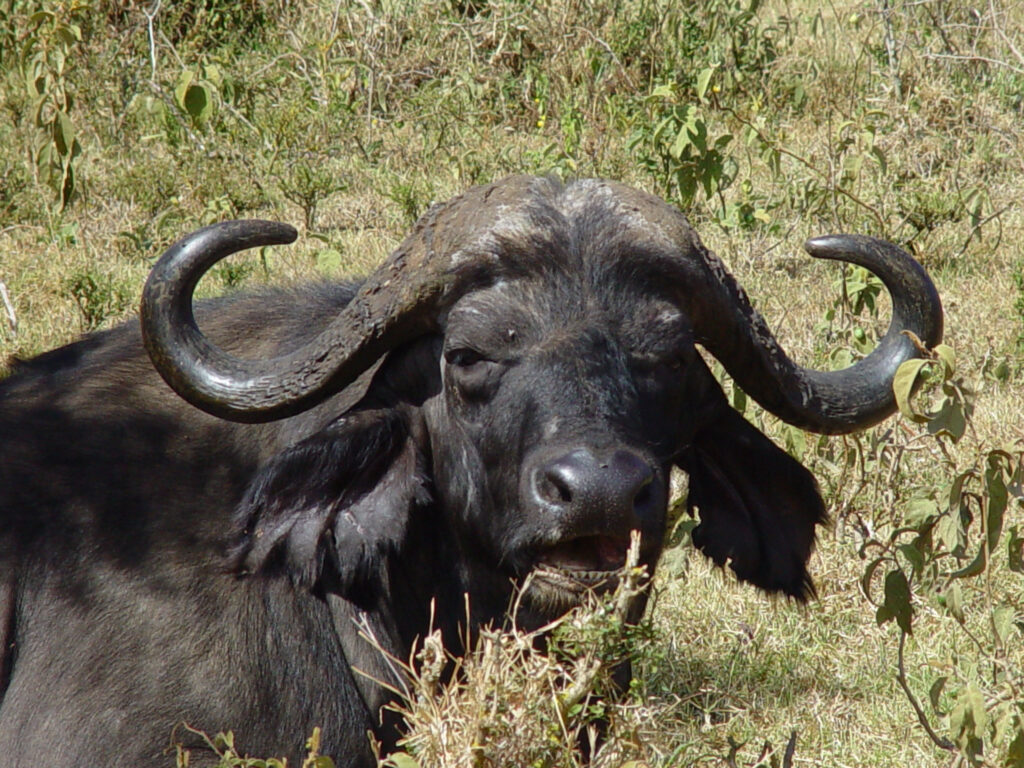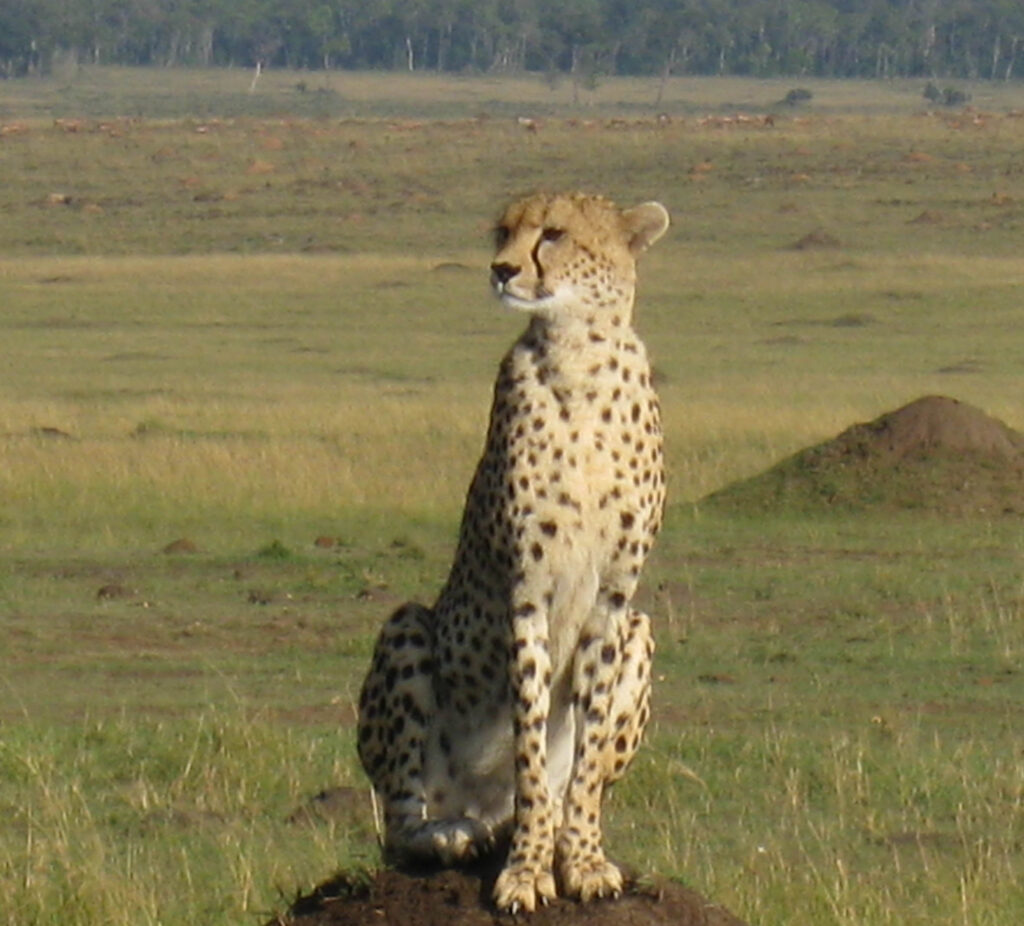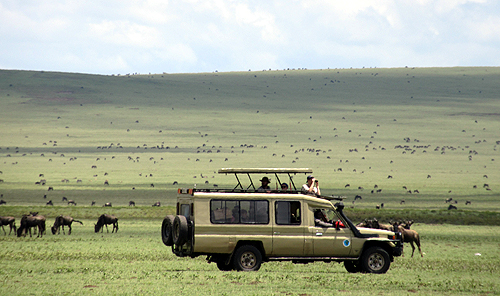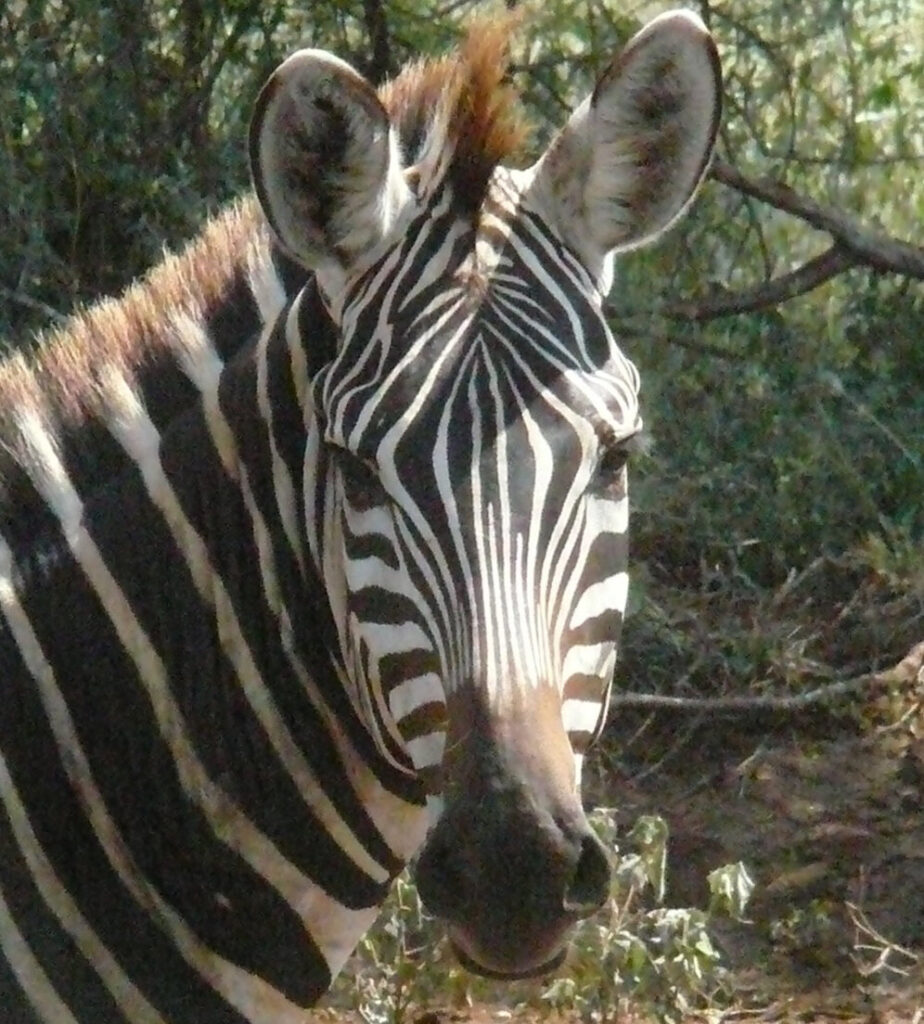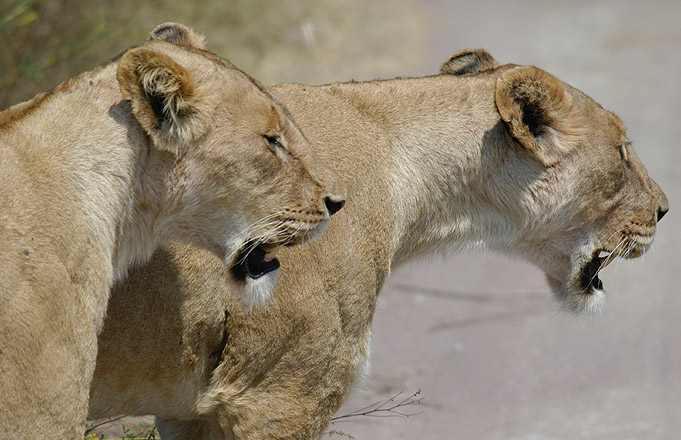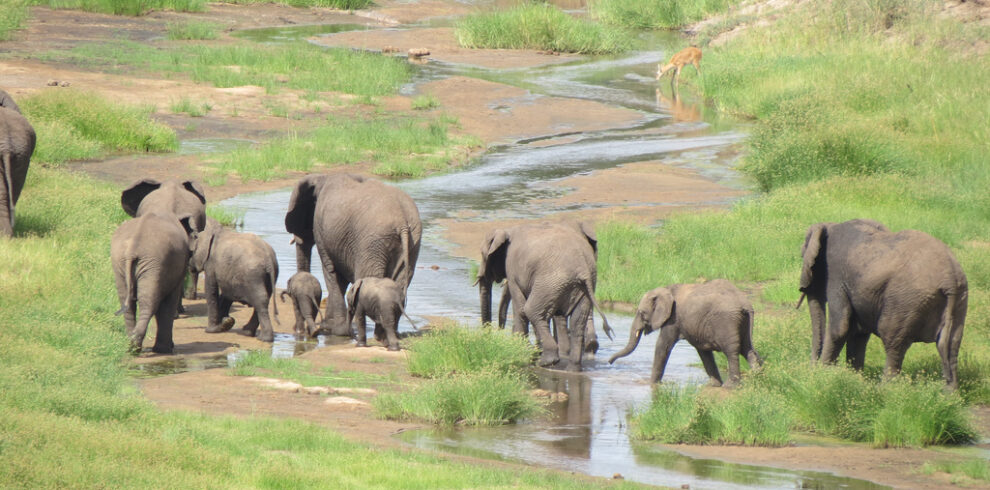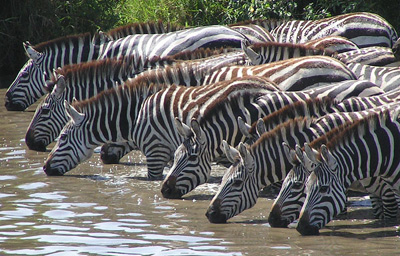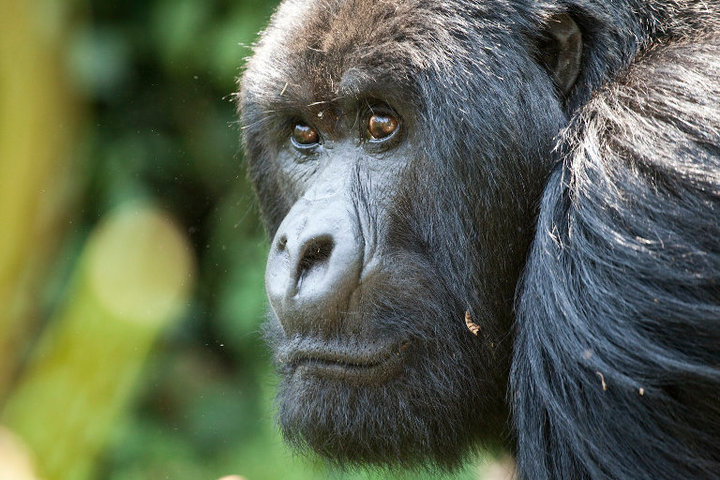Overview
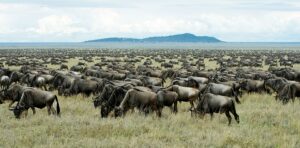 Guided by Jim Heck
Guided by Jim Heck
March 25 – April 5, 2024
$11,990
Jim’s signature “Great Migration Safari” has operated annually for nearly a half century. There’s no more perfect itinerary or experienced guide!
The Great Migration Safari is the best itinerary for experiencing Africa’s most dramatic wilderness. It’s the product of Jim’s half century of guiding: Intense game viewing in a variety of different national parks to intersect the more than a million animals making up the Great Migration.
The Great Migration is the last big animal migration left on earth. Nothing else anywhere at any time is as dramatic or spectacular! The wildebeest travel in a continuous, circular movement that follows the ebb and flow of the rains. Rains grow grass and that’s all the wildebeest eats. The unique sub-ecosystem south of the Seronera River, east of the Moru Kopjes, west of the Lemuta Hills and north of Olduvai Gorge has a topography, mini-climate and an altitude perfect to grow the unique grasses that deliver a powerful whack of nutrition and protein into the mother’s milk. That’s why 1-2 million wilde congregate here in February-April to calve. It’s the only way to turn a helpless little 40-pound baby wildebeest into an awesome 175-pound running machine in a ridiculously short four months. (By the end of its second year, a male wildebeest weighs 350 pounds.)
Jim has seen groups of 100,000 animals on these plains. Lions and cheetah constantly menace them. Hundreds of vultures soar in funnels above the kills. Giraffe and eland wander among the herds. Hundreds of thousands of beautiful gazelle are popping all over the place. The ghostly cries of the jackal and terrifying whoops of the hyaena never stop. It’s a 24×7 gargantuan battle for survival with sunrise a sudden, magnificent call to arms and sunset a cold warning that the cats are coming. Jim has traveled all over Africa and the world and feels nothing anywhere is as dramatic, beautiful or revealing of nature’s struggle for perfection.
If this is your first trip to Africa Jim is sure that all your expectations and dreams will come true! If like many of his travelers you’re coming again, you already have goose bumps wondering what new and wondrous stuff is going to happen this time! Jim considers it an honor to be able to interpret the power of wild Africa to you, so certain in this peculiar beauty lies not just inspiration for ourselves but a roadmap to a more lasting and better world.
This page details twelve days in Tanzania. You also have a Kenyan option that includes habitats and animals not available in Tanzania, including some of the rarest on earth. The Kenya option also gives Jim the perfect venue for discussing East Africa’s history and politics.
| 2024 | Sharing | Single | Local Air | ||
| Kenya | March 21-25 | Per Adult | $3,790 | $4,130 | $1,578 |
| Kenya | March 21-25 | Per Child | $2,970 | $4,130 | $1,294 |
| Tanzania | March 25 – April 5 | Per Adult | $11,990 | $12,995 | $655 |
| Tanzania | March 25 – April 5 | Per Child | $10,140 | $12,995 | $537 |
About your guide . . . . JIM HECK
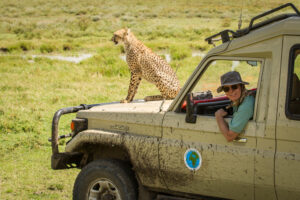 Few people know East Africa as well as Jim Heck. For nearly a half century he has worked, lived and guided in sub-Saharan Africa. His popular blog, AfricaAnswerman, includes investigative journalism of some of Africa’s most critical news stories as well as anecdotes and features of daily African life. His award-winning novel, Chasm Gorge, will soon be followed by a second one, The World by Ole Sarut.
Few people know East Africa as well as Jim Heck. For nearly a half century he has worked, lived and guided in sub-Saharan Africa. His popular blog, AfricaAnswerman, includes investigative journalism of some of Africa’s most critical news stories as well as anecdotes and features of daily African life. His award-winning novel, Chasm Gorge, will soon be followed by a second one, The World by Ole Sarut.
His companies have organized safaris into Africa for more than 20,000 visitors including most of the country’s major zoos and conservation organizations. In 2016 he became the first American guide to be named an honorary senior elder by Kenya’s Maasai tribe.
Jim was the first westerner allowed to leave Addis after the Red Terror; had canoes overturned among crocs and hippos on the Zambezi; been charged by an elephant that he hit with a plate of waldorf salad; lost in the jungles of Cameroun; marooned in the Ituri Forest and rescued by Rhodesian sanction busters; and was among the few outsiders to travel through Uganda during the rule of Idi Amin. Jim has never lost a client or fired a gun.
Print the Reservation Form to reserve your spot on this amazing tour!
